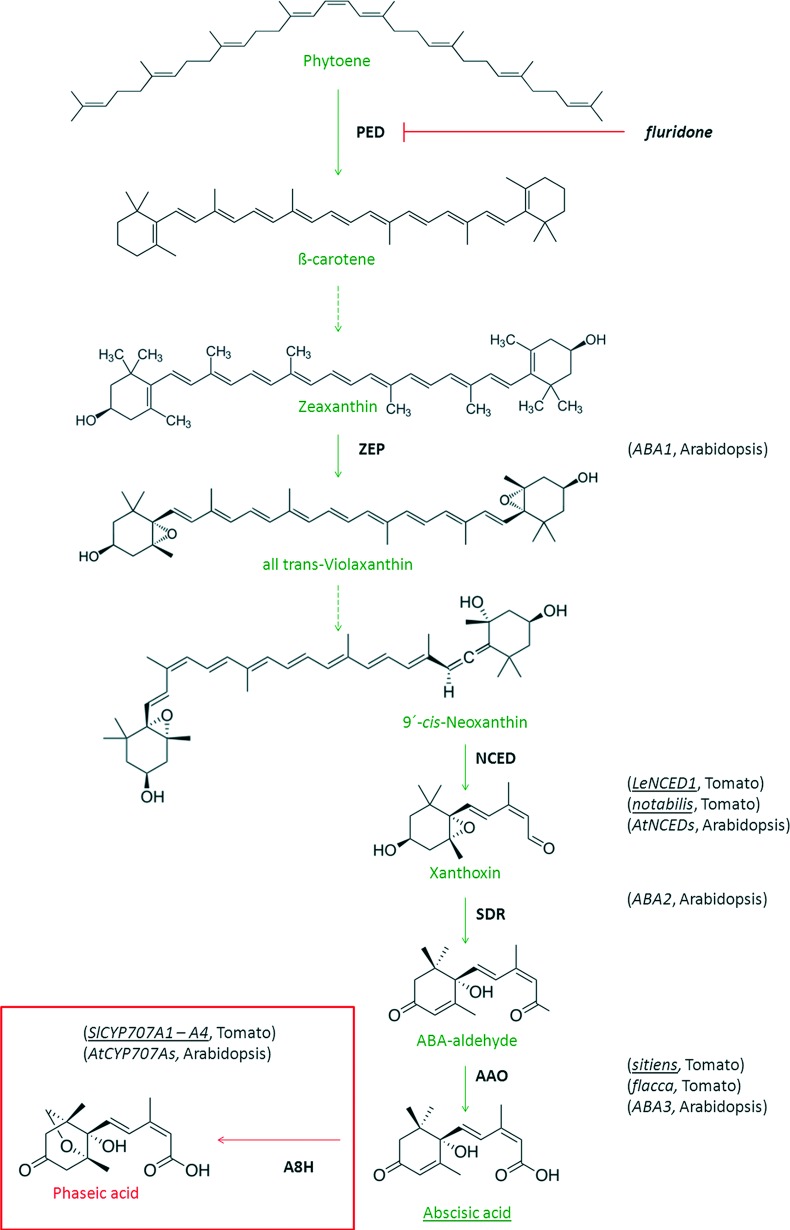Fig 1. Simplified scheme of ABA biosynthesis and catabolism.
Selected enzymatic steps in ABA biosynthesis are shown. The names of the genes encoding the enzymes that catalyze each step in tomato and Arabidopsis are indicated; the names of genes examined in this work are underlined. The conversion of phytoene to ß-carotene is mediated by phytoene desaturase (PED); this step is blocked by fluridone. Zeaxanthin epoxidase (ZEP) catalyzes the synthesis of violaxanthin, which is then converted to neoxanthin. The subsequent synthesis of xanthoxin is catalyzed by 9-cis-epoxycarotenoid dioxygenase (NCED), which is encoded in the gene LeNCED1 in tomato and disrupted in notabilis mutant. Whereas the previous steps occur in plastids, xanthoxin is transported to the cytosol where it is converted to the abscisic aldehyde by short-chain dehydrogenase/reductase (SDR). The final step of ABA biosynthesis is the oxidation of abscisic aldehyde to ABA by an abscisic aldehyde oxidase (AAO), which is encoded in genes that are disrupted in the sitiens and flacca tomato mutants. ABA degradation (shown in the red frame) is mediated by ABA 8´-hydroxylase (A8H, cytochrome P450 monooxygenase), whose product spontaneously isomerizes to phaseic acid. The genes encoding ABA 8´-hydroxylase in tomato are SlCYP707A1–SlCYP707A4. Dashed arrows represent missing steps in the pathway. These schemes are modified according to Kitahata and co-authors [32] and Nambara and Marion-Poll [70].

